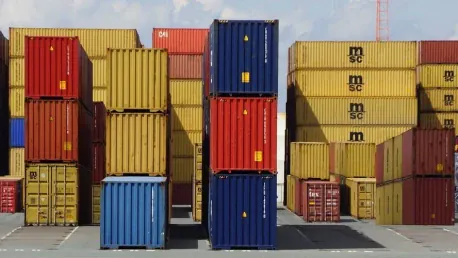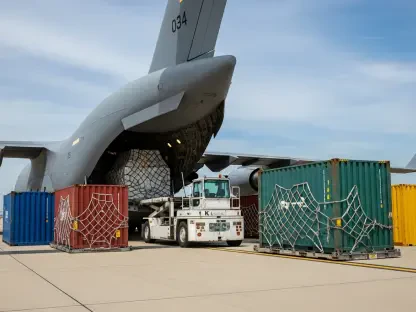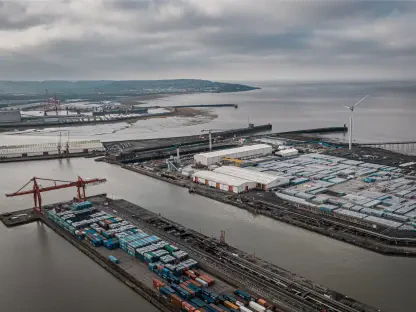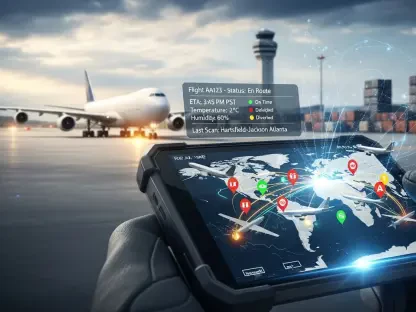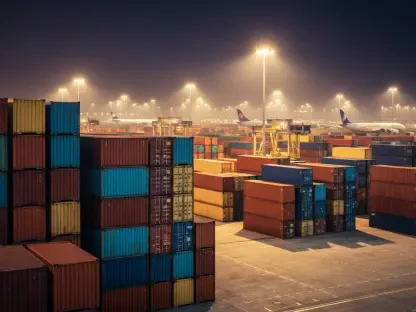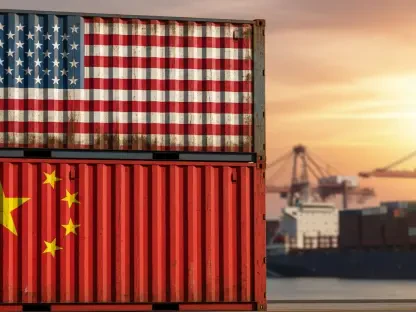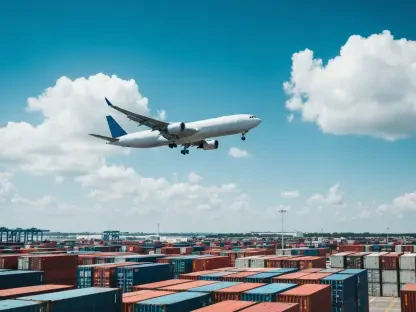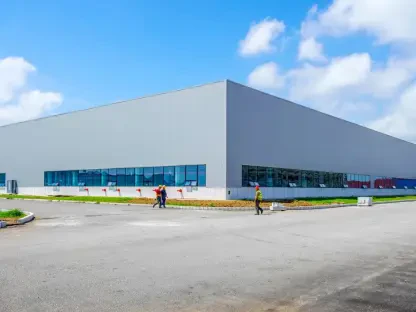In a significant development for international trade, Urumqi, China, has inaugurated its second TIR logistics hub, a move aimed at enhancing the efficiency of trade routes under the Belt and Road Initiative. This new facility promises to offer a comprehensive suite of services, catering to TIR transport companies, customs operations, and various other stakeholders in the supply chain. The TIR system, endorsed by the United Nations, is known for facilitating the seamless transit of goods, drastically reducing administrative burdens as well as border waiting times.
Comprehensive Services and Strategic Importance
Customs Clearance and Warehousing
One of the key features of the new Urumqi TIR logistics hub is its extensive suite of services tailored to streamline the logistics process. This includes efficient customs clearance procedures, cutting down on delays and ensuring goods move swiftly across borders. Additionally, the facility offers state-of-the-art warehousing solutions, allowing for secure and efficient storage of goods. The integration of these services aims to minimize bottlenecks and enhance the overall efficiency of the supply chain.
Cargo handling is another critical service provided by the hub. Equipped with advanced machinery and expert personnel, the hub is designed to manage a wide variety of cargo types, ensuring safe and efficient loading and unloading. By offering such diverse and integrated services, the Urumqi hub aims to boost the efficiency of trade routes, making them not only faster but also more reliable.
Route Development and Transport-Capacity Matching
The new hub aims to optimize route development, a key factor in reducing transportation costs and delivery times. By analyzing data and trends, the facility can design optimal routes that minimize travel time and costs, thereby providing a competitive edge to businesses engaged in international trade. This service is particularly useful for companies looking to maximize efficiency and reduce overheads.
Transport-capacity matching is another noteworthy feature of the hub. By aligning the supply of transportation resources with demand, the hub ensures that there is no wastage of capacity, optimizing the utilization of available transport vehicles. This not only reduces costs but also helps in reducing the carbon footprint, contributing to more sustainable trade practices. The strategic positioning of Urumqi as a central hub further amplifies these benefits, making it a crucial node in the China-Europe transport corridors.
Regional and International Impact
Economic Uplift for Xinjiang and Beyond
The establishment of the new logistics hub in Urumqi is expected to bring significant economic benefits to the Xinjiang region and to China’s broader international road transport sector. By enhancing the efficiency of trade routes, the hub will attract more business to the region, creating jobs and stimulating economic growth. The facility’s advanced infrastructure and comprehensive services are expected to draw in investments, further bolstering the region’s economy.
Moreover, the hub’s strategic location in Urumqi positions it as an essential link between Asia and Europe, enhancing new business opportunities along these crucial trade corridors. By facilitating faster and cheaper transport options, the hub aims to make international trade more accessible to businesses of all sizes, thereby promoting economic inclusivity. This development reflects China’s broader strategy to modernize its trade infrastructure and to remain competitive in the global market.
Alignment with Belt and Road Initiative Goals
In a notable advancement for global trade, Urumqi, China, has launched its second TIR logistics hub. This initiative is designed to boost the efficiency of trade routes that are part of the Belt and Road Initiative. The new logistics center is set to provide a wide range of services tailored specifically for TIR transport companies, customs operations, and various other stakeholders involved in the supply chain. The TIR system, which is backed by the United Nations, is renowned for its ability to facilitate the smooth transit of goods across borders. This system significantly cuts down on administrative workloads and reduces waiting times at border crossings. By streamlining these processes, the new hub aims to enhance the flow of international trade, making it easier and faster for goods to move from one place to another. This development marks a significant step forward in China’s efforts to solidify its role as a key player in global logistics and trade networks. It also underscores the broader goals of the Belt and Road Initiative to improve connectivity and foster economic growth across different regions.
